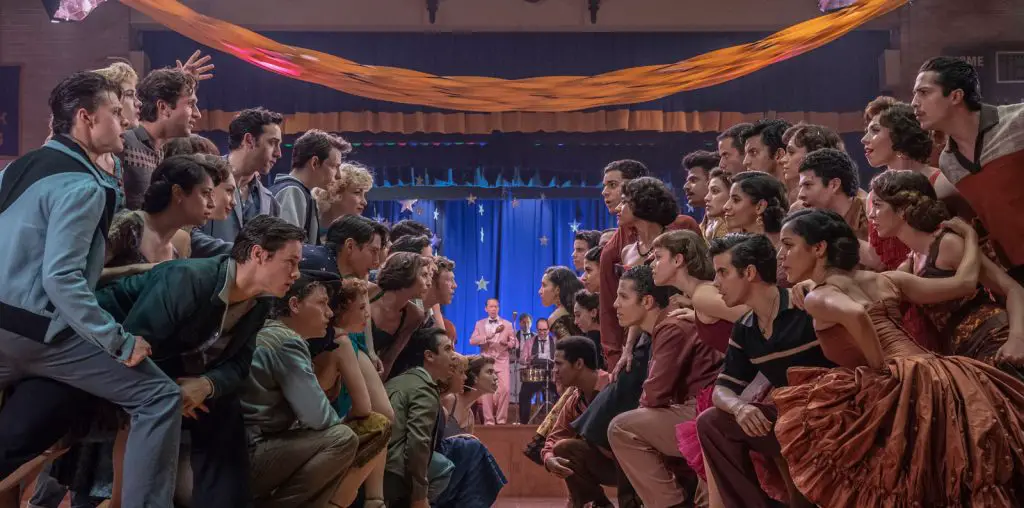
The Broadway Melody also makes full use of its then-new technology of synched sound. Interestingly, the production was quite lengthy, as scenes were recorded over and over to get it all correct (an entirely silent version was also made). Due to degradation over time and the advances made in sound recording and mixing, the audio sounds a bit tinny, but the movie still makes full use of it. The overlapping noise of all the different singers/bands going at one time in the beginning is disorienting on purpose. When Eddie gets them to all quiet down so he can do his routine, the silence is palpable. For a new invention, the crew made the most of what they had.
Then there’s the acting. While some in the supporting cast are less than authentic, the main players are good. As the easy to anger Hank, Love is fierce and fun in all the right ways. King and Page share strong chemistry, making their burgeoning romance all the more palpable. As the lothario whose intentions are in question, Thomson is charismatic and forceful, making him feel like a true threat.

“…makes full use of its then-new technology of synched sound.”
To reiterate, The Broadway Melody, written by Sarah Y. Mason, Norman Houston, and James Gleason, was a resounding hit. So much so that it’s also known as The Broadway Melody Of 1929, as pseudo-sequels were released in 1936, 1938, and 1940. While they don’t follow the same main characters, their story structures are similar. Also released in 1940 was the remake Two Girls On Broadway, while 1944 saw its version go under the title of Broadway Rhythm. Plus, it is easy to draw a direct line from this to Top Hat and Singin’ In The Rain to The Umbrellas Of Cherbourg and Hairspray. Suffice to say, while perhaps forgotten by all but the most die-hard cinephiles today, the movie has secured its legacy and place in film history.
The Broadway Melody is going to be considered quaint by most audiences nowadays. And you know what? It totally is. But it’s still charming and fun. Plus, its historical value should not go overlooked, as it’s fascinating from an ethnographical standpoint as well.

"…has secured its legacy and place in film history."


